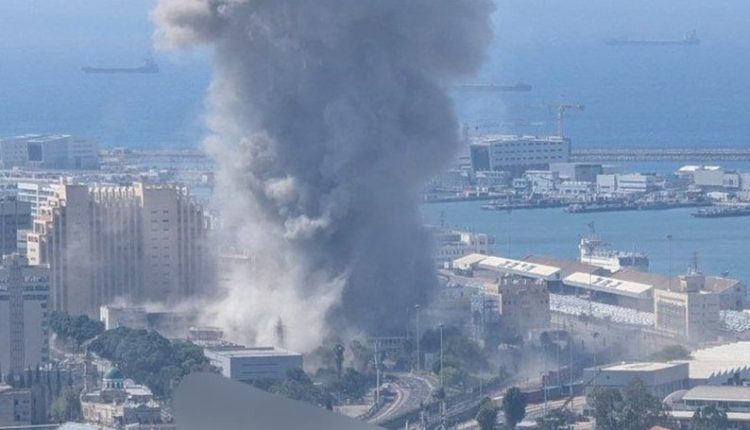Iranian Deterrence Shatters the Zionist Aura of U.S.-Backed Supremacy
Mounting Regional Tensions and Strategic Shifts
Amid intensifying regional tensions, the Zionist entity has broadened the scope of its military operations across the Middle East, moving beyond its traditional conflict with Palestinian factions to launch aggressive actions in Syria, Lebanon, Iraq, and particularly against Iranian presence in the region. This escalation comes at a critical geopolitical moment, with overlapping interests among regional and global powers pushing the region toward potentially wider, more intense conflicts.
This report explores the political and military dimensions of this escalation, its link to changing regional power balances, and the likelihood of a full-scale confrontation, based on in-depth analyses from various Arab and international media sources.
Political Dimensions of the Zionist Escalation
Tel Aviv aims to reassert its deterrent posture, especially after repeated failures in Gaza and declining prestige in the face of advancing resistance capabilities. Striking Iranian territory is a strategic attempt to export internal crisis outward, taking advantage of global distractions like the war in Ukraine and Pacific tensions to advance its aggressive agenda amid near-total international silence—except for symbolic calls for de-escalation.
Internally, Prime Minister Netanyahu faces growing political and social pressure. Escalating hostilities with Iran appears to be a tool to unite the Israeli front and deflect domestic crises, as noted in reports from the Begin-Sadat Center for Strategic Studies.
Military Dimensions of the Widening Aggression
Zionist forces have carried out aggressive strikes on both civilian and military sites in Iran, resulting in the martyrdom of senior Iranian military figures and scientists. This marks a dangerous shift to direct and unprecedented confrontation. The Israeli military deployed drones and cyber warfare tactics to disrupt Iranian defenses, employing unconventional warfare to minimize their own casualties.
These operations exposed extensive intelligence collaboration from regional actors—tracking Iranian arms shipments and Revolutionary Guard movements—highlighting deep covert coordination and the direct support of the U.S. and Western allies.
Iran’s Punishing Response
In turn, the Islamic Republic of Iran launched decisive retaliatory strikes as part of its “True Promise” campaign, deploying advanced missile waves that successfully targeted critical Israeli military and strategic facilities. Despite not yet engaging in a full-scale war, Iran sent an unequivocal warning: attacks on Iranian soil will ignite a firestorm that Israel cannot contain.
The U.S. and the West: Enablers of Aggression vs. Iranian Resolve
The United States and key Western powers have provided comprehensive political and diplomatic cover for Israel’s aggression. Most notably, the tripartite summit of Britain, France, and Germany issued threats aimed at Iran, focusing on its nuclear program while deflecting from the Zionist attacks. Meanwhile, Washington has ramped up its military presence in the region—sending reinforcements to Gulf bases and near Palestinian coastal waters, anticipating unpredictable Iranian responses, as revealed by The Washington Post.
Iran, however, remains defiant. The Iranian Foreign Ministry reiterated:
“Iran does not need anyone’s permission to defend its territory.”
This is a clear political message to Washington and its allies. Despite growing Western support for Israel, Iran has shown no signs of backing down, instead escalating its countermeasures with unwavering confidence.
Strategic Outlook
The ongoing exchange of strikes between Iran and the Zionist entity—with active U.S. backing—reflects a U.S. attempt to buy time before direct military involvement. However, rising international pressure, economic fallout, and European fears of an all-out war may open back channels for negotiation with Tehran.
Conclusion
The Zionist entity can no longer strike with impunity. The balance of power is shifting in the Middle East, and Iran has proven itself a formidable force, capable of redefining the rules of engagement.
Meanwhile, U.S. and Western support is no longer a source of stability; rather, it exacerbates regional tensions. The region now faces a pivotal choice:
Mutual deterrence, which could halt this bloodshed,
or
A regional war of unprecedented scale and cost.

